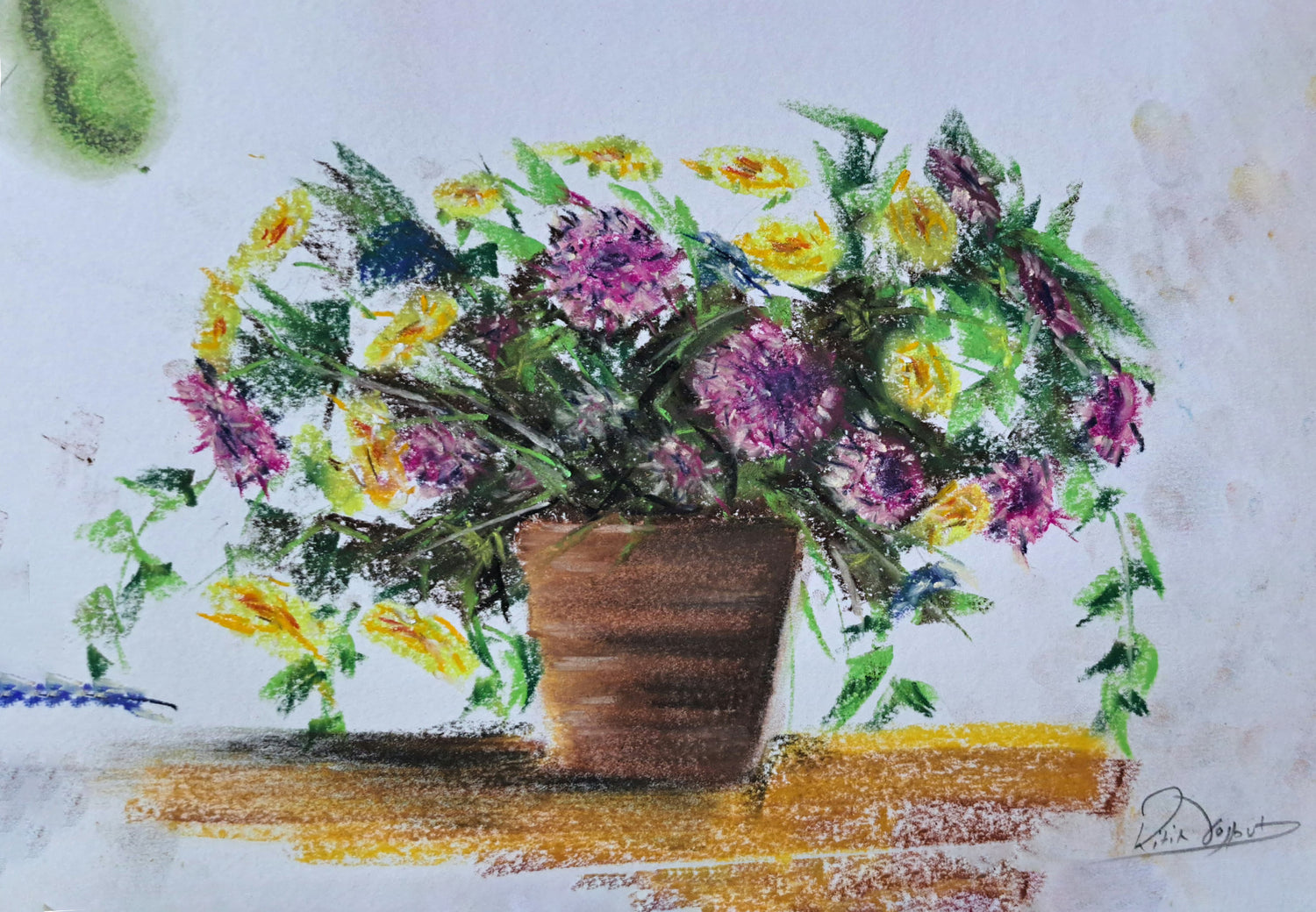
Soft Pastels Drawing Courses overview
Arts Shala’s soft pastel drawing course in Delhi offers a comprehensive exploration of the vibrant and expressive medium of soft pastels. Starting with a foundation in graphite drawing, the course delves into color theory, teaching students about hue, value, and chroma and how to mix and blend pastels for a wide range of colors. It covers the basics of light and shadow, value studies, and special techniques like layering, scumbling, and blending to create depth and realism.
Students will learn about the importance of edges and how to use them effectively in their compositions. The course also includes practical exercises in monochrome drawing, impressionism, and realism, focusing on still life and landscape subjects. With a focus on developing technical skills and artistic expression, this course is designed to help students master the art of soft pastels and create stunning, lifelike artworks. Explore our website to find the ink painting course in Delhi, the acrylic color painting course in Delhi, and many other engaging workshops.

Soft Pastels Painting Course
Duration: 50 HOURS
WHAT THE COURSE INCLUDES:
GRAPHITE MEDIUM INTRODUCTION
COLOR THEORY
BASIC LIGHT AND SHADOW
VALUE STUDY
SPECIAL TECHNIQUES
STUDY OF EDGES:
MONOCHROME DRAWINGS
IMPRESSIONISM AND REALISM IN STILL LIFE AND LANDSCAPE
REALISTIC DRAWINGS
Rs. 20,000.00
Why Join Our Soft Pastels Painting Course?
Embark on a journey of delicate beauty with our soft pastel drawing classes in Delhi. Explore the versatile medium, refine techniques, and receive expert guidance to create stunning pastel masterpieces. Join us and unleash your artistic potential.



















